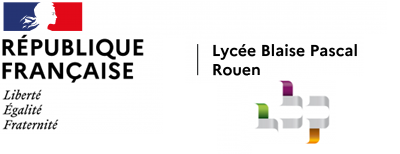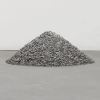Tate Modern
Tate Modern
This visit was very interesting because many people think that art is boring and abstract but if someone gives us the key to access to his secret, art is wonderful. Some examples :
The Three Dancers
The painting shows three dancers, the one on the right being barely visible. A macabre dance takes place, with the dancer on the left having her head bent at a near-impossible angle. The guide explains us that the dancer on the right is supposed to be Ramon Pichot, a friend of Picasso who died during the painting of Three Dancers. The dancer on the left is then Germaine Gargallo (Pichot’s wife) with the one in the centre who is Gargallo’s boyfriend : Carlos Casagemas, also Picasso’s friend. Casagemas tried to shoot Gargallo but he failed, he then pointed the gun to his temple and this time, the gun worked. He died. The guide left us to decide whether this was the truth or a mere dream and reminds us that a dream reveals many more things that we think…
Sunflower Seeds
Ai Weiwei is known for the design of the Beijing National Stadium, more commonly known as the "Bird’s Nest", the main stadium of the 2008 Olympic Games in Beijing. His work : 100 million seeds were manufactured by traditional methods and delicately painted by hand in the city of Jingdezhen, the major center for the production of Imperial porcelain for over a thousand years. Ai has long been fascinated by the cultural traditions of materials and objects, and of porcelain in particular the survival of its artisan production, its supreme quality, its early traditions of mass production and global export and the value still invested in it as a cultural artifact in China today. At the beginning, all the seeds were for the “guest” room of Tate Modern : the Turbine Hall. A small amount of them were kept in Tate galleries. The seeds were also potent symbols of the Cultural Revolution.
There were 10,000 seed at the beginning, for the original exhibition in the Turbine Hall, and people were allowed to come in and walk over them : a tremendous experience ! Unfortunately, lots of peoples took home a sample of the seeds. So they had to close the site and now w can see a reduced version of this work of art, woth only 1,000 seeds. But when you know that they are all handmade and hand painted, it changes you view if it !
The Red and Black room
One if the room that we saw contained some of the Mark Rothko’s Seagram Murals.
In 1958 Rothko was commissioned to paint a series of murals for the Four Seasons restaurant on the ground floor of New York’s Seagram building, designed by Mies van der Rohe and Philip Johnson. The Seagram murals were the first works conceived by Rothko as a series exploring variations on a closely-defined compositional theme. He experimented with permutations of the floating frame and its background, different surface treatments and the use of vibrant and somber color. Rothko’s doubts about the appropriateness of the restaurant as a setting for his work ultimately led him to withdraw from the commission. In the late 1960s, Rothko donated nine of the Seagram murals to the Tate Gallery. Since 1970 they have been displayed almost continuously at Tate, in different configurations, as the so-called Rothko Room. Rothko did not decide upon a final scheme for The Four Seasons restaurant, nor did he prescribe a fixed order for the display of his murals at Tate.
The guide who was with us, tell us that Rothko give some conditions : the exposition should always be on display, there should be only one door, a seat in the middle of the room and a dim light on the room. When you look at those paintings this must calm you down.



